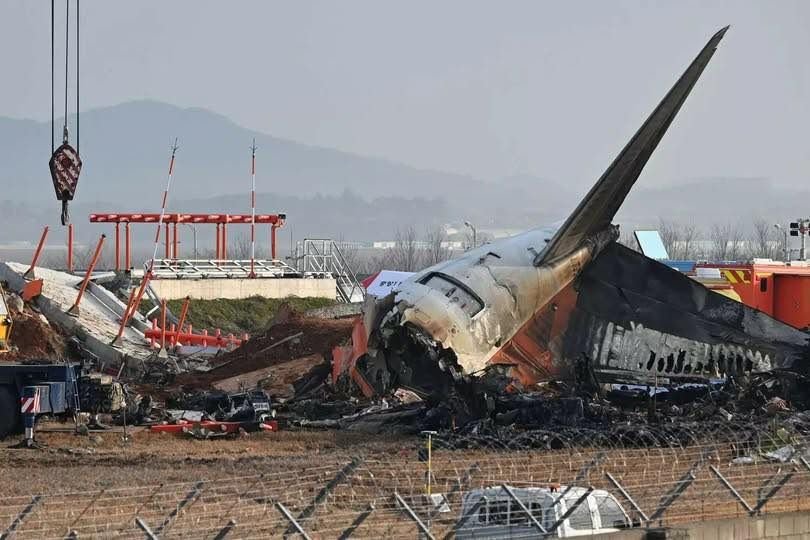What Caused the Tragic Plane Crash in South Korea?
A catastrophic Boeing 737-800 crash at Muan International Airport in South Korea has been linked to a bird strike, according to a preliminary aviation accident report released on January 27. The tragic incident, which occurred on December 29, claimed the lives of 179 passengers, making it South Korea’s deadliest air disaster.
:max_bytes(150000):strip_icc():focal(726x485:728x487):format(webp)/Jeju-Air-aircraft-123024-01-d83e48f0b81f491b81b2b22d16f96d6f.jpg)
Bird Strike Identified as Possible Cause of the Plane Crash
Investigators discovered feathers and blood stains in both engines of the ill-fated Jeju Air Flight 7C2216, CNN and BBC report. A flock of Baikal teal, a migratory bird species found in East Asia, is believed to have collided with the aircraft, potentially leading to the crash, according to Fox News.
Air traffic control had issued a bird activity warning just minutes before the accident, but the final four minutes of flight recordings are missing, raising further questions about the crash’s exact cause. Officials confirmed that both the cockpit voice recorder (CVR) and flight data recorder (FDR) stopped working prior to impact, per ABC News.
:max_bytes(150000):strip_icc():focal(707x513:709x515):format(webp)/Jeju-Air-aircraft-123024-02-85b9d99333fa4f6b9919eeba18d25a38.jpg)
Jeju Air Plane Crash Investigation: What Happens Next?
The Aviation and Railway Accident Investigation Board (ARAIB) announced plans to tear down the engines for a detailed forensic examination, aiming to determine the precise cause of the accident. Experts speculate that the Boeing 737-800 bird strike could have led to engine failure or loss of control, triggering the deadly crash.
Survivors and Victims: Families Demand Answers
Of the 181 people on board, only two survived—both flight attendants—according to Yonhap News Agency. The Guardian reports that the survivors were found in the tail section of the wreckage with moderate to severe injuries.
Victims ranged in age from 3 to 78 years old, with the majority in their 40s, 50s, and 60s, per BBC News. Families of the deceased are now demanding transparency and accountability, as authorities continue to investigate the South Korean airline disaster.
Airline Safety Concerns: What This Means for Future Flights
The Jeju Air crash raises significant concerns about aviation safety, bird strike prevention, and Boeing aircraft reliability. With high-profile aviation accidents impacting public trust, airline companies and regulatory agencies may need to implement new safety measures to prevent similar tragedies.
:max_bytes(150000):strip_icc():focal(735x369:737x371):format(webp)/Jeju-Air-aircraft-123024-03-3bfad1609b71449283f9eb0ae0a9852a.jpg)

